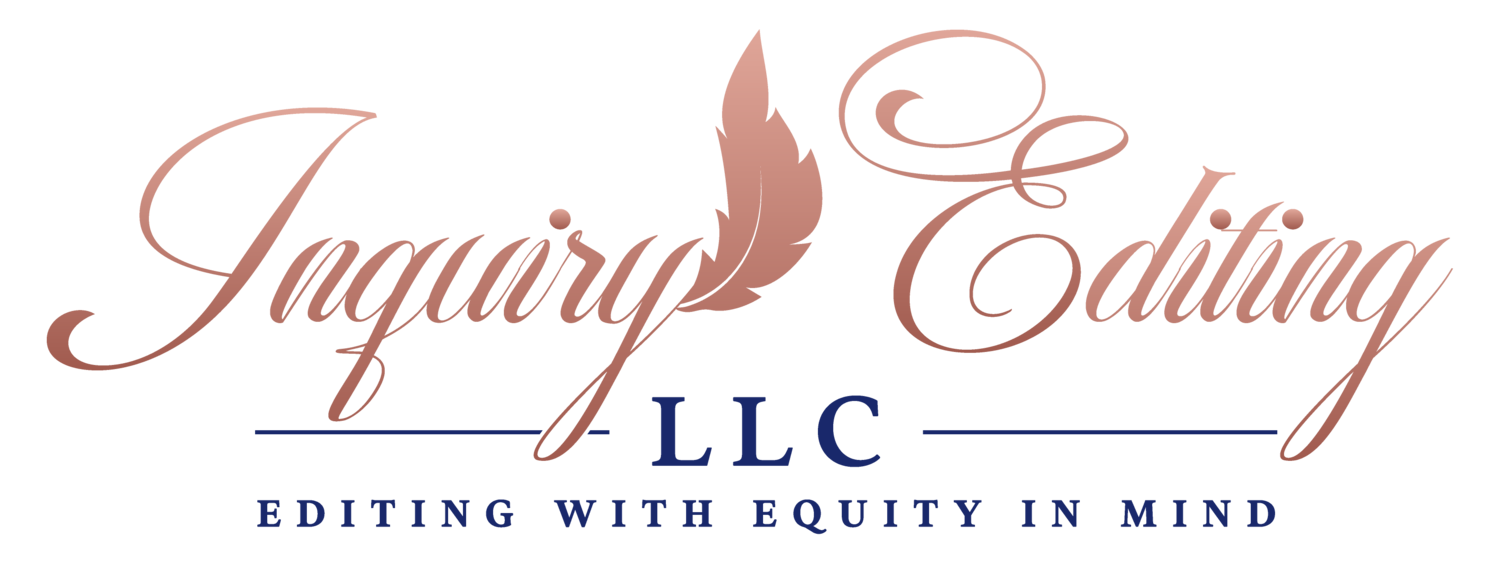Inspiration - Interior Design
I don’t really believe in inspiration when it comes to writing. Don’t get me wrong, I believe in the existence of inspiration and its utility. With regard to writing, consistency is so much more important to me after being inspired. Yet, inspiration hovers around helping us begin, continue, or end projects. So, I want to spend a few weeks talking about taking inspiration from other art forms.
I have a subscription to Masterclass, the website that teaches you all manner of things from experts. This is ideal for me as a lifelong learner and dangerously curious person. I only say dangerous because if I had enough time, energy, and money to indulge my interests, I’d be your favorite next door fashionista, interior designer, chess champion, hostage negotiator, diplomacy expert, Jeopardy contestant (only with LaVar Burton mind), writer, and home chef. Anyway, I watched the class with Corey Damen Jenkins, an interior designer famous for sumptuous designs that combine cozy with classy. I also used to love a good HGTV marathon with the Property Brothers (I also subscribed to their magazine for a while) and the Love it or List it duo, Hilary Farr and David Visentin.
Here’s what I learn from interior designers. They start off with a blank box of a room. They have to seek inspiration, create functionality, and infuse personality from top to bottom. Much like chefs season every layer, they have to think about the entire box: from the window to the wall, from the ceiling to the floor. Most fascinating for me is their need to edit.
If you’ve ever watched competitions in design, the edit is crucial. You can’t have too many ideas or they clash. Something has to be the centerpiece or there needs to be an ensemble cast. There needs to be balance in the design, lest the eye snag on something that feels off. These, of course, are highly subjective. Client first!
I think the connection to writing is fairly obvious. Writers all need an artful edit. Writers also need someone to help check whether something is balanced: a walk through if you will. Writers also – and goodness this grates us – need to keep the client in mind. In poetry workshops, we often talk about being gracious to a reader with the use of images, blank space, narrative, punctuation. In academic settings, we think about tasks like summary, historicizing, literature reviews, signposting, and the inclusion of counter-arguments.
What I love about interior design is that the designer is hired for their vision, their capacity to create vision. The client has to trust the designer to do the job needed. The client also has to leave the designer alone to create. The first pass at the design will always be inherently selfish, undone, unprocessed. The artful edit, the consultation, allows for respectful collaboration to occur.
This is an uneasy analogy of the relationship between writers and readers/publishers/editors, but it does ring true. Writers need space to create the most indulgent form of their art. Then, we edit with a client in mind. Sometimes we are an artist in search of a client. At times, the client finds us. Either way, there’s a push and pull, a negotiation to create the best form and function for everyone.
Have you written your selfish draft? In what ways might you make room for your audience?
